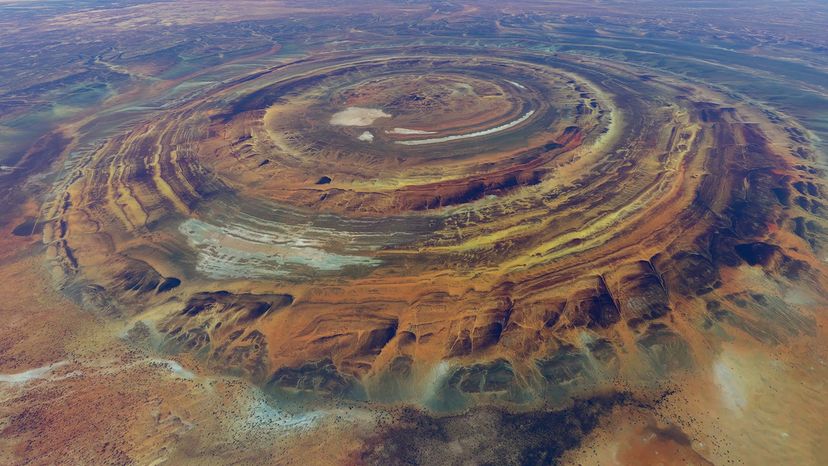
In the western Sahara Desert lies a natural wonder that has intrigued scientists and adventurers for centuries. Known as the Richat Structure — or, more commonly, the Eye of the Sahara — this massive geological formation resembles a giant eye.
Consisting of a series of rings on the Adrar Plateau, a prominent feature in northwestern Mauritania, the structure measures 31 miles (50 km) in diameter, making it highly visible even from high above Earth. In the local dialect of Arabic, the people refer to it as "Guelb er Richât," meaning "the eye of the Richat."
Advertisement
But what created the Eye of the Sahara, and what purpose does it serve today? Let's delve deeper into these mysteries to shed light on the ancient structure.